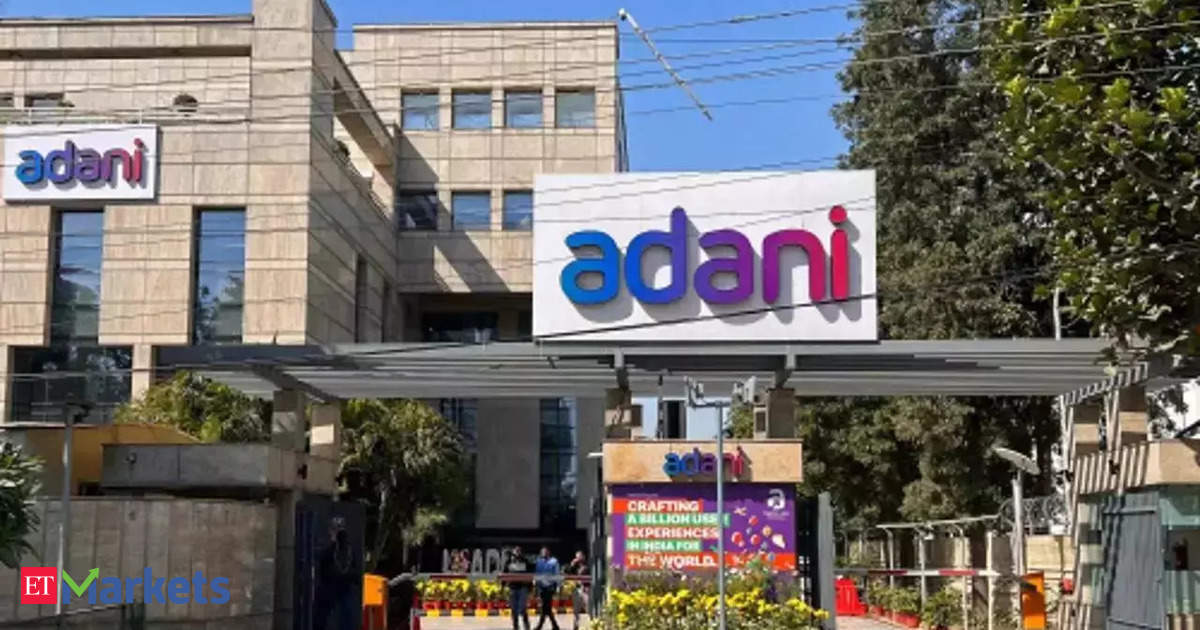Indian capital markets They currently account for about 5% of Adani Group’s total outstanding loans, or ₹12,404 crore, as of the end of March 2024.
If longer duration debt is included, the group will also be open to having up to 15 per cent of its debt from local capital markets, Singh told ET, after the launch. Adani Enterprises‘ maid non-convertible bonds‘ issue of ₹800 crore.
This issue from the flagship company of the Adani Group will open on September 4 and close on September 17. The debt instruments are available in tenors of 24, 36 and 60 months with an interest rate of 9.25%, 9.65% and 9.90%, respectively.
Adani Enterprises, which has outlined a Capital expenditures The annual expenditure of Rs 80,000 crore for its various businesses, including airports and roads, comes at a cost of capital of 9% on a weighted average basis. Singh said this NCD issuance was a “small beginning” of the debt issuances the group would undertake over the next two decades, reiterating that development of basic infrastructure and power in a country should be done with the country’s capital. Meanwhile, the group’s debt through domestic lenders, including banks and non-banking financial institutions, accounts for 36% of its total debt mix, up by around 500 basis points till 2023-24 (April-March). Including working capital and long-term debt, Indian lenders have lent a total of Rs 88,100 crore to the Adani Group out of its total debt of Rs 2,41,394 crore as of March 31, 2024. Singh said that while businesses such as metals and polyvinyl chloride would be funded from debt from the domestic market, capital expenditure for Adani Green and Adani Energy Solutions “What is taken into account is the risk-adjusted cost of capital, not the rate. If we want debt for 20 or 30 years, then, on a risk-adjusted basis, global debt “It’s cheaper. If you want three-year debt, then on a risk-adjusted basis, domestic debt is cheaper,” he said.
“That mix (between global and domestic debt) will continue to change depending on the type of debt the business requires.”
While Indian capital markets have a greater appetite for debt, Singh said people’s experience with the first NCD issuance is important. “The challenge is whether we can properly create something that the local investor wants and needs,” he said.
Disclaimer:
The information contained in this post is for general information purposes only. We make no representations or warranties of any kind, express or implied, about the completeness, accuracy, reliability, suitability or availability with respect to the website or the information, products, services, or related graphics contained on the post for any purpose.
We respect the intellectual property rights of content creators. If you are the owner of any material featured on our website and have concerns about its use, please contact us. We are committed to addressing any copyright issues promptly and will remove any material within 2 days of receiving a request from the rightful owner.

